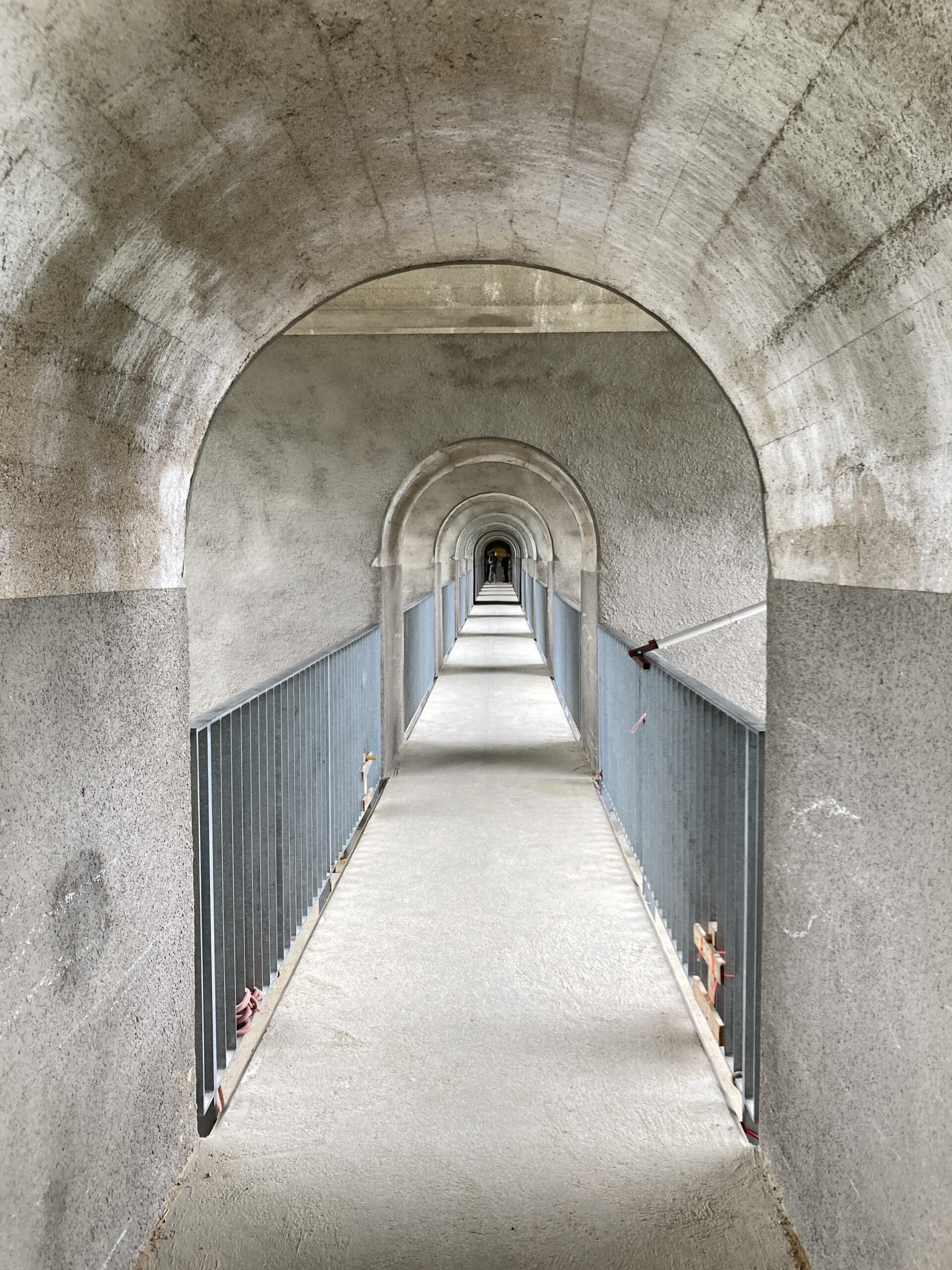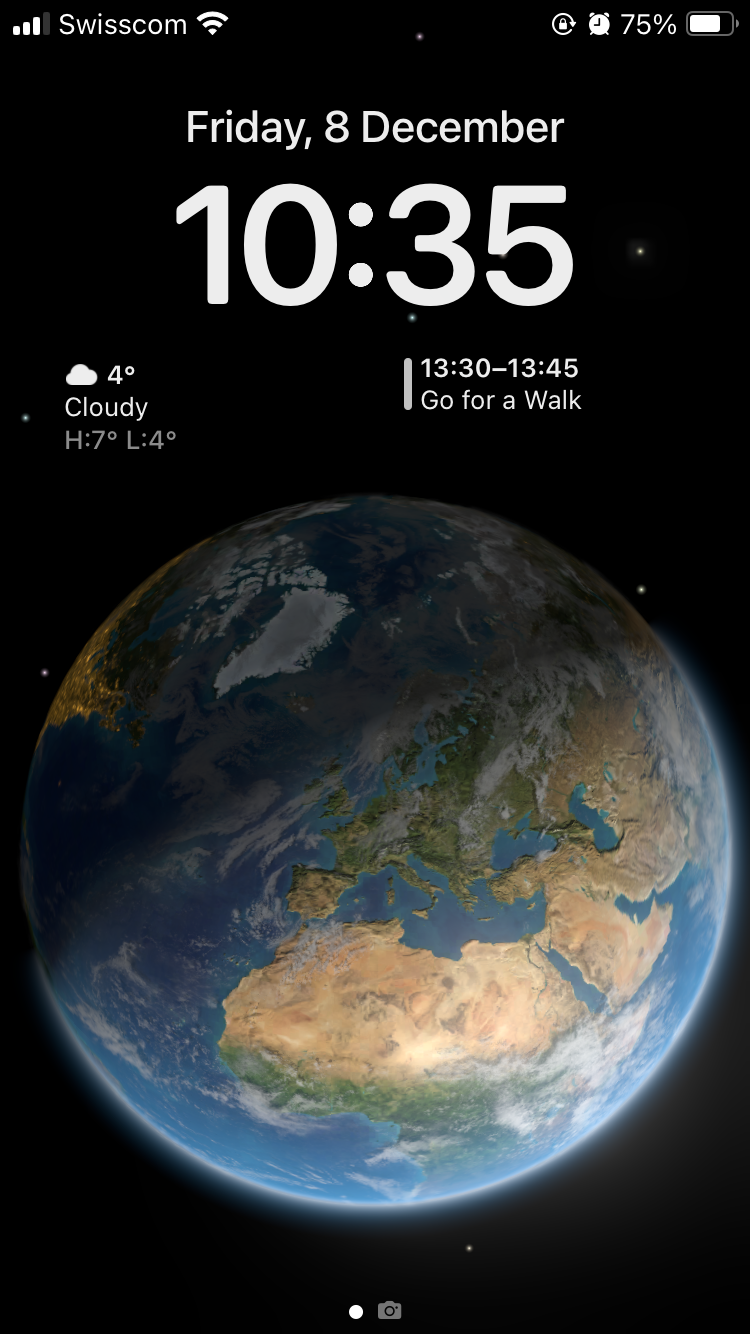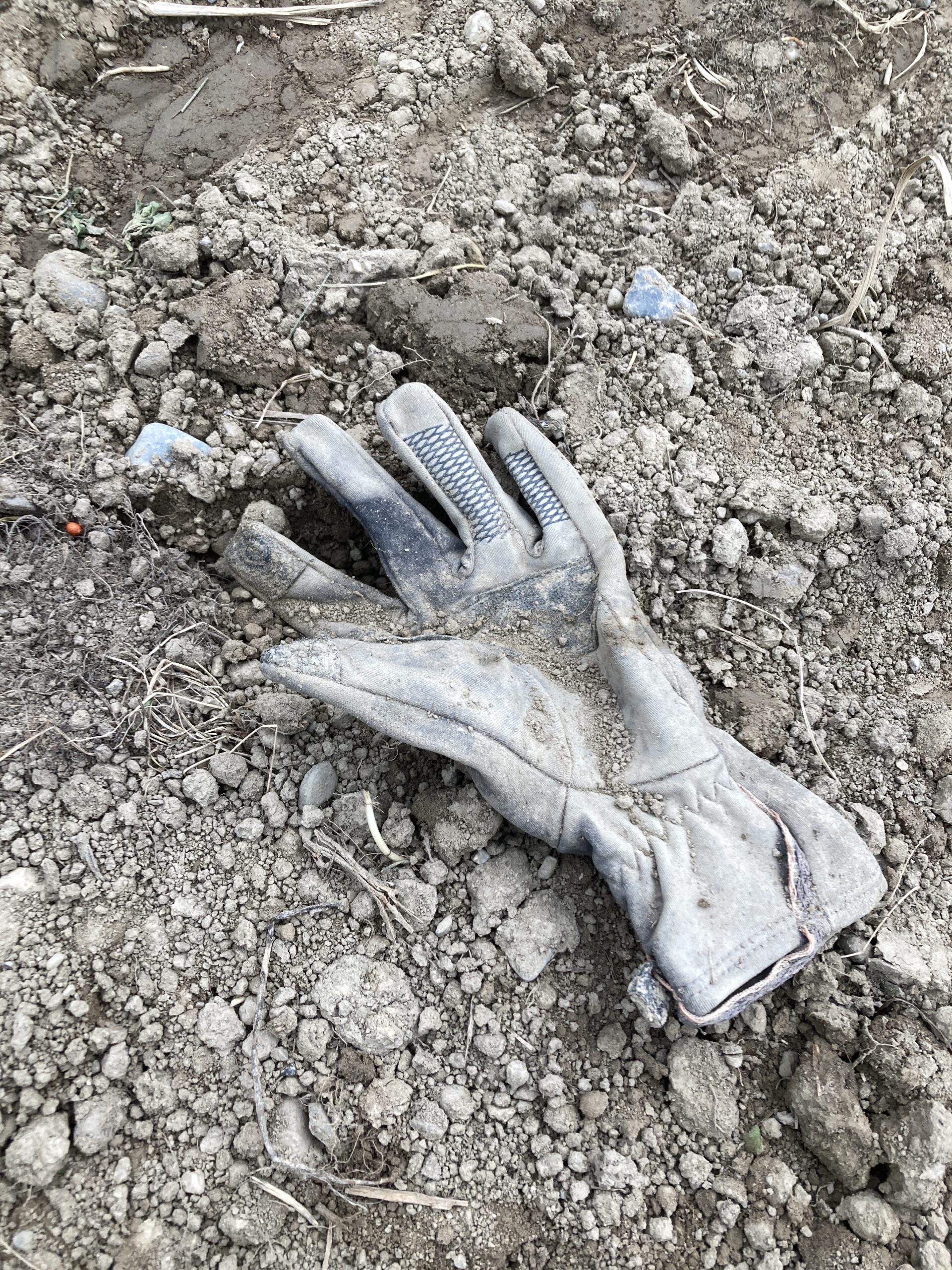Tag: iOS
-

The Solitaire Puzzle
Reading Time: 2 minutesRecently I rediscovered my love of the game solitaire. It is the game we played on windows 3.1 and other windows operating systems, up to iOS and more. Solitaire is a simple game to play on a mobile phone, ipad or computer, whether laptop or desktop. I have found that a game…
-
Migrating from the iPhone 8 Plus to the iPhone SE (2020)
Reading Time: 3 minutesI went from the iPhone SE to the iPhone 8 plus to the iPhone SE (2020) because the 2016 iPhone was an excellent low budget iphone that did everything you needed, in a small package. I switched to the iPhone 8 Plus purely to use the bigger phone screen with a drone.…




